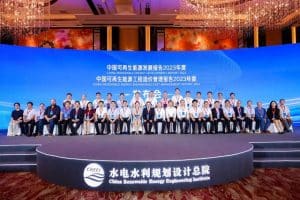Urban Wilderness first came to public attention after producing a couple of publications introducing the animal and plant species native to Shanghai. Since then, it has published guides on birds, nocturnal animals and wild flowers.
Located at Shanghai Pujiang Country Park, Urban Wilderness’s sole purpose is to protect biodiversity in urban areas. Perhaps the word “biodiversity” brings to mind a group of biologists walking in rural, mountainous areas, but Guo Taoyan, founder of the charity, makes the point that biodiversity is everywhere. “Cities are part of the many ecosystems on the earth,” Guo said, “and the animals and plants that live in them should not be overlooked. When people begin to pay attention to biodiversity in urban spaces, a deeper connection between humans and nature will be established.”
Urban Wilderness has 16 full-time employees mainly responsible for two types of activities: nature tours and urban biodiversity programs including research, field observation and program planning. In 2016, it undertook Shanghai’s first biodiversity restoration program in collaboration with the Shanghai Pudong Municipal Bureau of Afforestation and established a 3,000-square-metre ecological conservation park. Staff seeded different types of plants in the park, closely observing and tracking their growth over the next few months.
Later, the restoration programs were extended to observe and track wild animals. For example, at a site in Minxing Country Park, the organization installed a new biological positioning system which was used to accurately locate wild animals in the park, recording their activities and movements. The system also helped collect data on the activity patterns, range (where the animals can generally be found) and food sources of those animals. Guo and his colleagues plan to use the data to guide plant habitat creation and wildlife monitoring in the near future. They think that only if this information is available, can understanding of wildlife management in urban areas be improved. “But information on urban plant and animal species in China remains scarce,” he said.
While the concept of ecological restoration is on the rise in China, Guo’s own experience has made him realize there is a long way to go before restoration programs become effective and sustainable. Undoubtedly, more attention will be paid to the importance of restoring ecosystems in densely populated areas, but this may lead government bodies, companies or nonprofit organizations to hastily launch restoration programs. Guo fears that any fast moves to restore ecosystems may simply result in landscaping projects.
“Genuine ecological restoration is based on a thorough understanding of every species living in a certain area and the relationships between them.”



